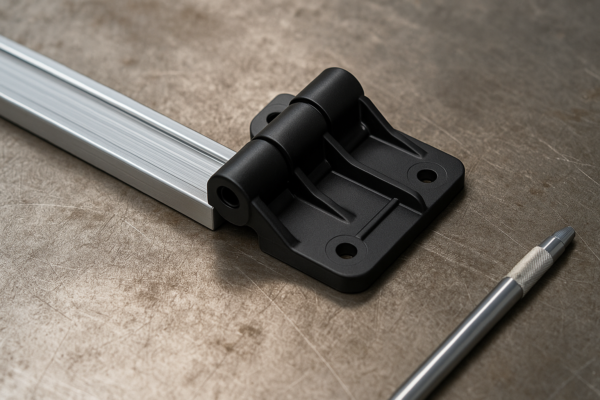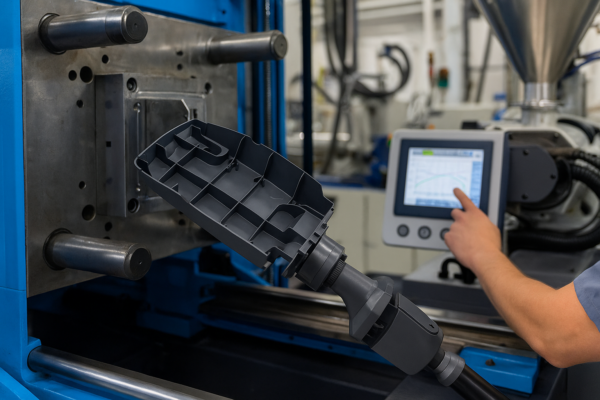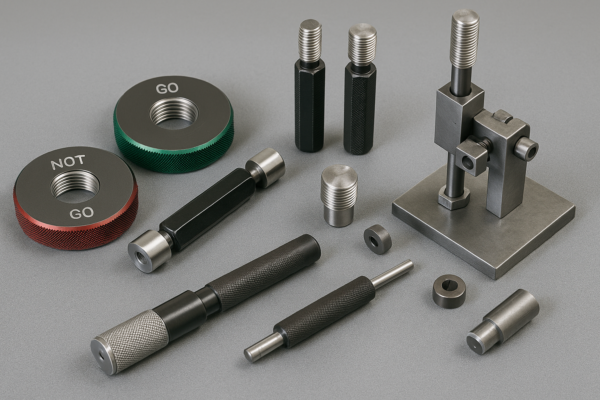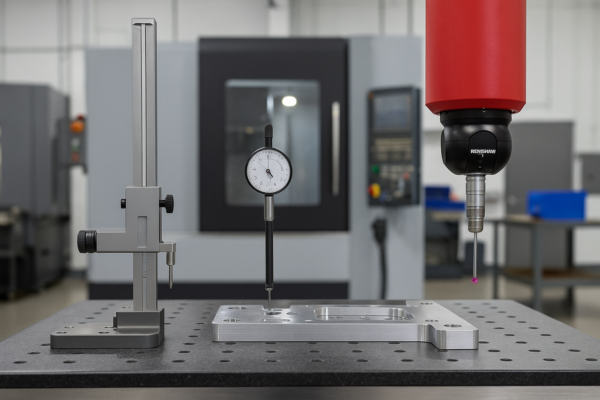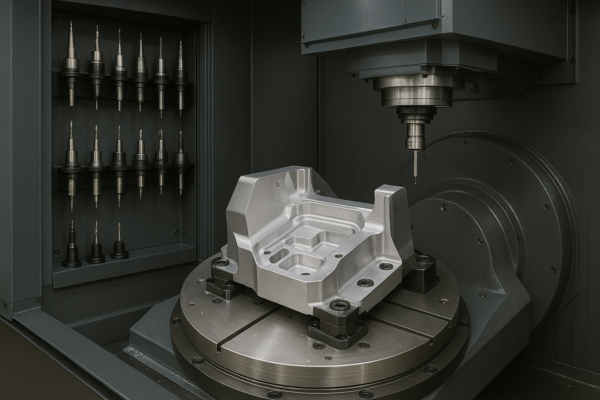What Is the Cheapest Way to Join Metal?
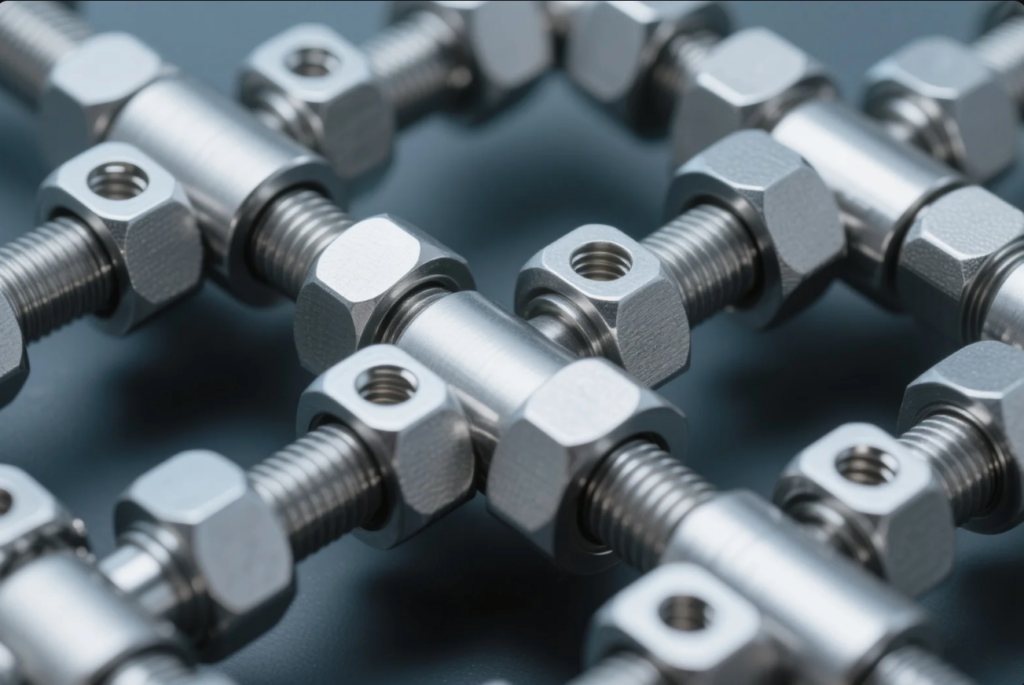
Most buyers want strong joints at the lowest cost.
Many industrial buyers ask about low-cost ways to join metal. Not all applications need welding. Some methods save time and cost.
Let’s explore all options together and help you choose the best for your project.
How to Join Metal to Metal Without Welding?
Joining metal without welding sounds simple, but poor choices lead to weak structures.
You can join metal without welding using screws, rivets, clamps, adhesives, or interlocking designs. Each has pros and cons.
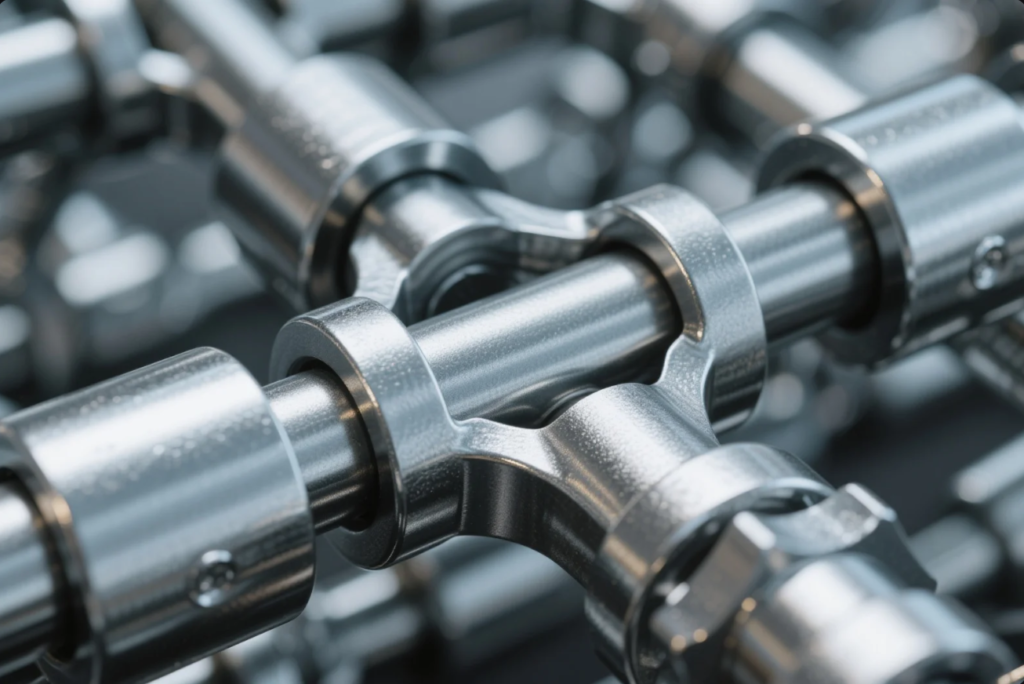
When Welding Is Not an Option
In many projects, welding increases cost, time, or risk of distortion. That’s why many buyers now ask for alternative joint solutions, especially when:
- The parts are heat-sensitive
- The assembly needs to be disassembled later
- The product cost must stay low
Common Non-Welding Methods for Metal Joining
| Method | Description | Use Case | Pros | Cons |
|---|---|---|---|---|
| Screws | Threaded fasteners for easy removal | Sheet metal, covers | Low cost, reusable | Needs holes, risk of loosening |
| Rivets | Permanent mechanical fasteners | Aircraft, machinery | Simple, cheap, no heat | Not removable, needs access |
| Adhesives | Chemical bonding agents | Electronics, appliances | Clean look, no heat | Weak in heat/moisture |
| Clamps | Mechanical pressure grips | Prototypes, temporary fixes | No holes needed, reusable | Not strong for long-term use |
| Snap fits | Tabs that click together | Plastic/metal hybrid parts | Fast, tool-free assembly | Needs precise design |
You can learn more about metal fasteners from Fastener World.
What Is the Cheapest Way to Weld Metal?
Welding offers permanent, strong joints, but cost varies by method.
MIG welding is often the cheapest for production work. Stick welding is cheapest for small or outdoor jobs.
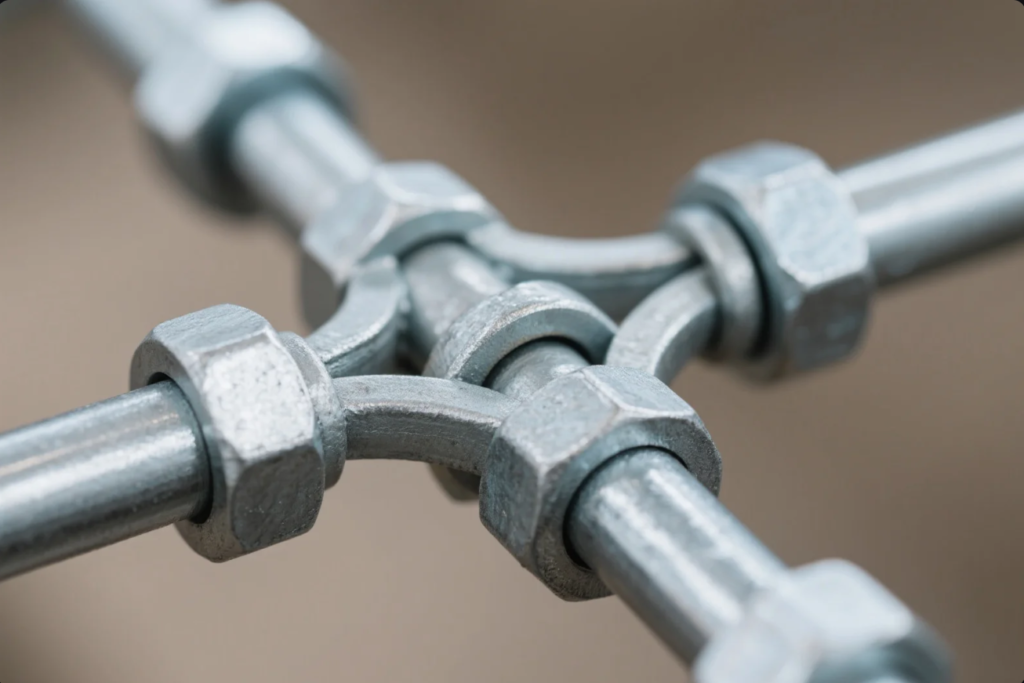
MIG vs. TIG vs. Stick: Cost Comparison
Let’s break down the typical welding methods used by metal parts suppliers and factories:
| Welding Type | Equipment Cost | Skill Needed | Material Range | Speed | Best Use Case |
|---|---|---|---|---|---|
| MIG | Medium | Low | Mild steel, alloys | Fast | Sheet metal production |
| TIG | High | High | All metals | Slow | Precision welds |
| Stick | Low | Medium | Thick steel | Moderate | Outdoor, low-volume |
As a custom CNC parts and welding parts supplier, we help clients choose the right method for both quality and budget.
Why MIG Welding Offers the Best Balance
MIG welding works with most metals and has:
- Low training costs
- Fast processing
- Consistent welds
- Good automation options
That’s why many OEM buyers working with ISO-certified welding parts manufacturers like Prime prefer MIG for large orders.
What Is the Best Way to Join Two Metal Objects Together?
Every project has different needs. The “best” method depends on function, budget, and volume.
Welding is best for permanent strength. Fasteners are best for flexibility. Choose based on usage.
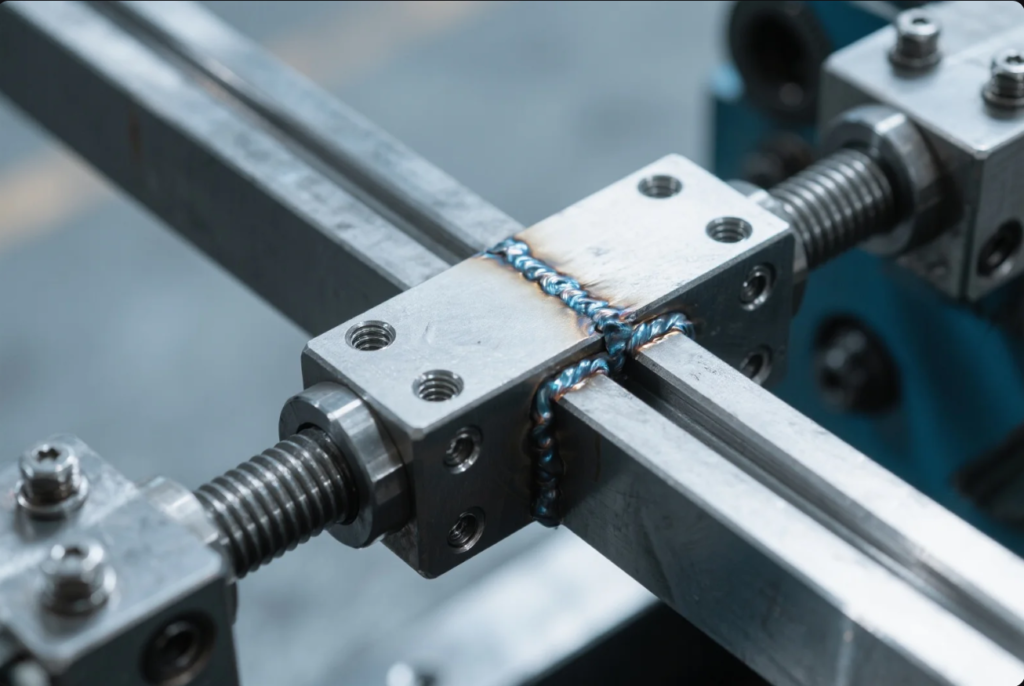
Evaluating Best Joining Method: A Case-by-Case Choice
| Factor | Best Choice | Reason |
|---|---|---|
| Need for Disassembly | Bolts or screws | Allows easy removal |
| Highest Joint Strength | Welding (MIG/TIG) | Permanent fusion bond |
| Visual Clean Appearance | Adhesive bonding | No fasteners or weld marks |
| High Volume Production | Riveting or MIG welding | Fast cycle time, easy automation |
| Heat Sensitivity | Mechanical fasteners | No heat, avoids warping |
At Prime, We Help You Choose Wisely
We’ve worked with clients in the automotive, construction, and machinery sectors who care about:
- Cost-effective parts assembly
- Joint strength that meets safety standards
- On-time delivery with global logistics
As a custom metal stamping parts supplier, we provide tailored solutions that align with your final product use and production setup.
What Are the Three Basic Methods of Joining Metal?
There are three basic methods: mechanical, thermal, and chemical joining.
Mechanical, thermal, and chemical methods cover all known metal joining techniques. Each serves specific needs.
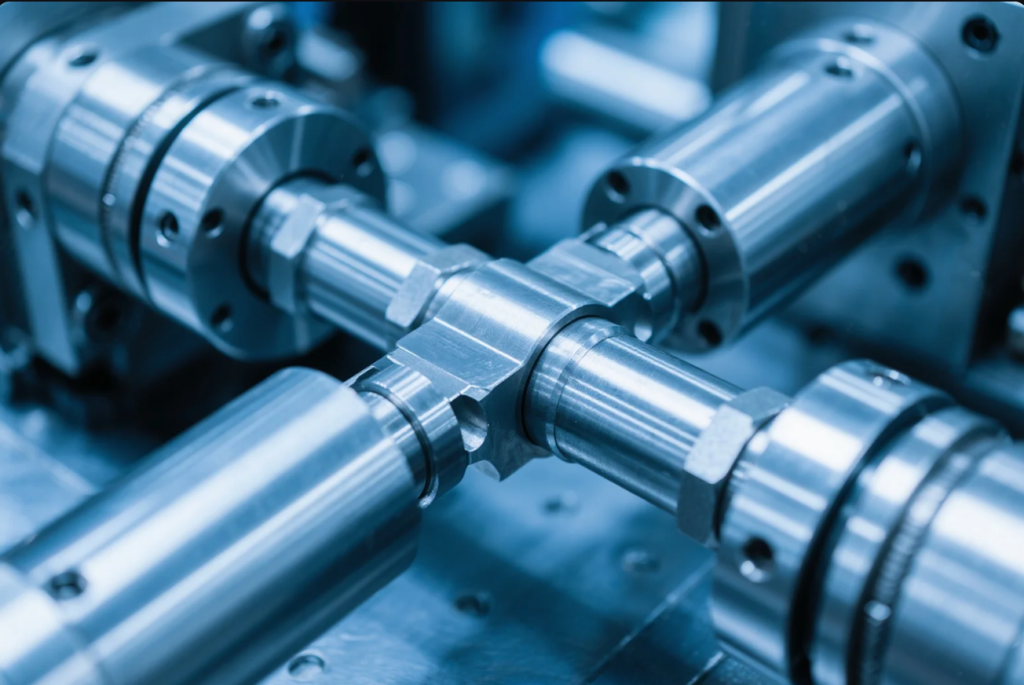
Breakdown of the Three Basic Joining Types
| Method Type | Techniques Included | Key Use Case |
|---|---|---|
| Mechanical | Screws, bolts, rivets | Sheet metal, construction frames |
| Thermal | MIG, TIG, stick welding | Frames, pipelines, heavy parts |
| Chemical | Epoxy, industrial adhesives | Appliances, electronics |
Mechanical vs. Thermal vs. Chemical: Which to Choose?
- Mechanical joints are reliable, easy to inspect, and low-cost.
- Thermal welding offers unmatched strength but requires skilled labor.
- Chemical bonds offer flexibility, but have limits in harsh environments.
When we work with clients, we ask:
- Do you need to disassemble later?
- What level of strength is required?
- How important is cost vs. appearance?
Based on answers, we help choose a solution that works — whether it’s CNC part precision welding, ISO-certified casting part joining, or low-cost screw fasteners.
FAQs
Q1: Can you join aluminum parts without welding?
Yes. We often use mechanical fasteners or adhesives for aluminum. Welding may weaken thin aluminum.
Q2: Which joint is the strongest?
Welded joints are usually the strongest if done properly. MIG welding offers the best balance.
Q3: What’s the most cost-effective method for mass production?
MIG welding or riveting is best. Both are fast and can be automated.
Q4: Can Prime support customized joining solutions?
Absolutely. We offer custom stamping, CNC, and welding services tailored to your product design and tolerance needs.
Q5: What industries do you serve?
We serve automotive, construction, machinery, and electronics clients in North America, Europe, and the Middle East.
Contact Prime
You don’t need welding for strong metal joints. Choose based on cost, strength, and usage.
📞 For custom joining solutions, fast quotes, and expert support,
visit our website: https://primecustomparts.com
or email us directly at: [email protected]
We respond fast. Our experts will provide a free design review and quote within 24 hours.

